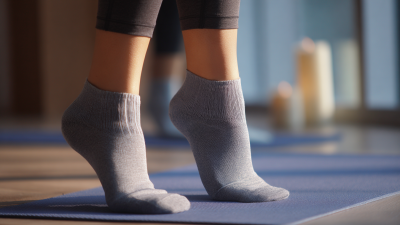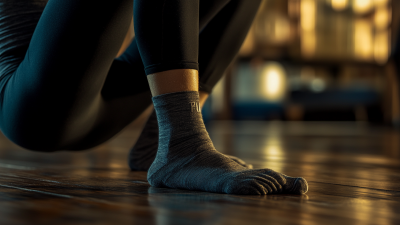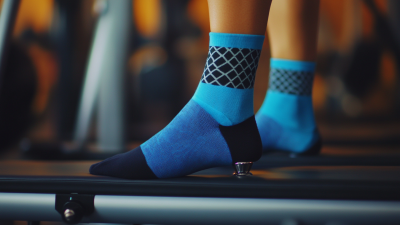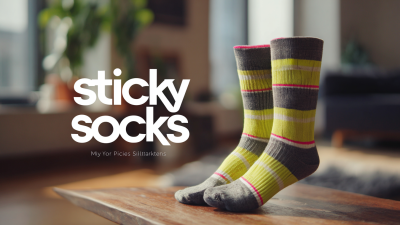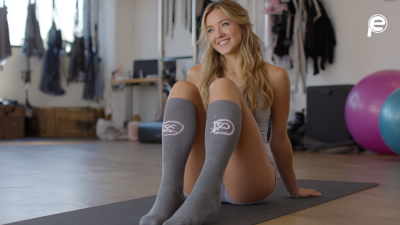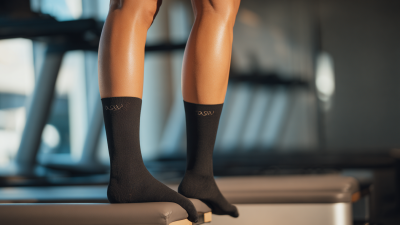
Leave Your Message
-
lwl2103
-

When it comes to enhancing your Pilates practice, the right equipment can make all the difference, and Pilates Toe Socks are no exception. As Pilates continues to gain popularity, with a reported 11 million practitioners in the U.S. alone according to the 2020 Fitness Industry Association, the demand for specialized gear like Pilates Toe Socks is on the rise.
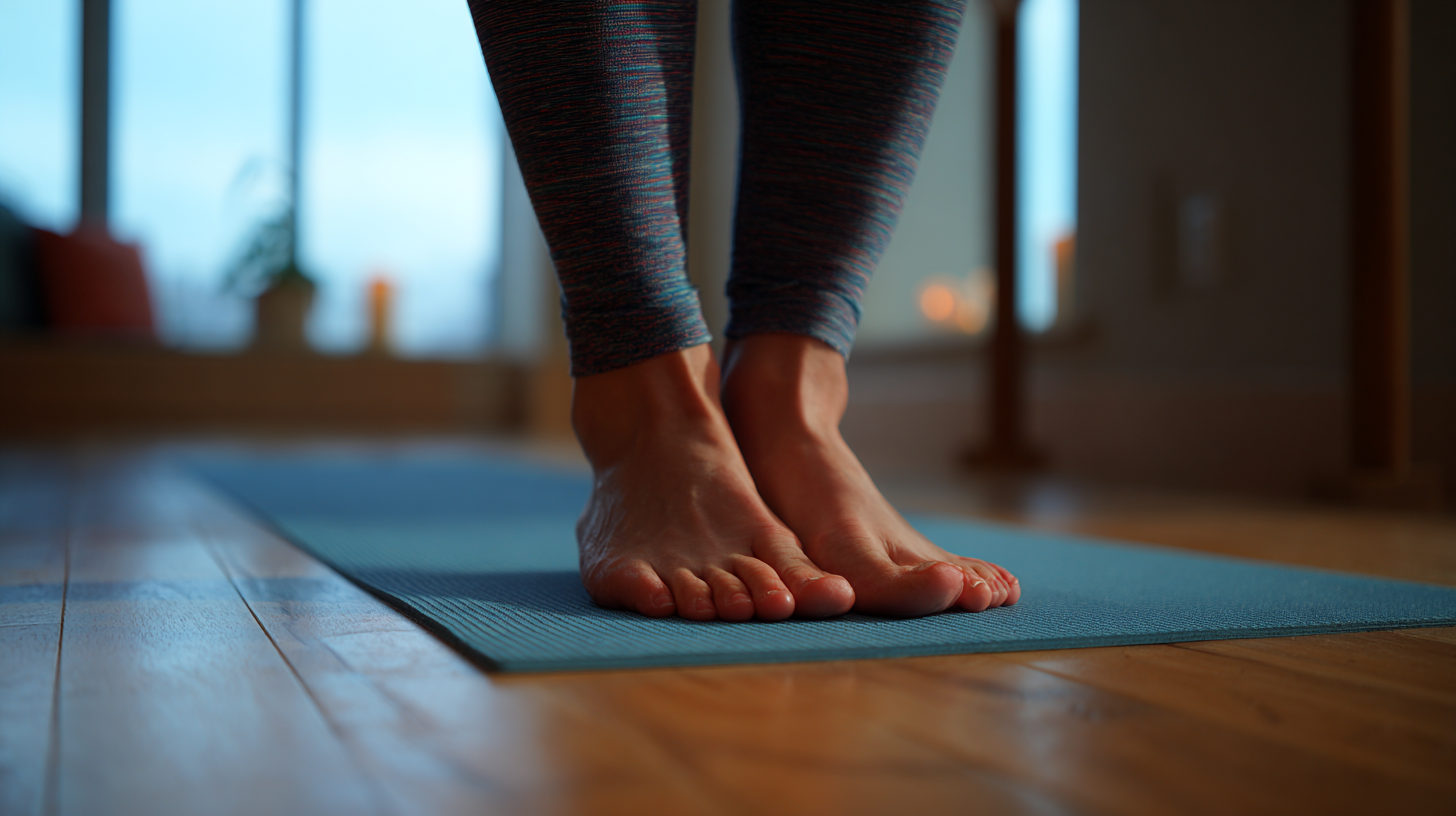
These socks provide both functionality and comfort, offering nonslip surfaces that enhance grip and stability on reformers and mats. According to recent market research from IBISWorld, the athletic apparel industry, which includes niche products such as Pilates Toe Socks, is projected to grow to $350 billion by 2025.
By understanding the key features and benefits of Pilates Toe Socks, practitioners can make informed choices to optimize their performance and comfort during workouts.
When engaging in Pilates, the choice of toe socks can significantly impact your performance and comfort, particularly through the grip they provide. Grip is essential in Pilates as it enhances stability during movements, ensuring that your feet remain securely positioned on the mat or reformer. High-quality Pilates toe socks typically feature silicone or rubberized grips on the soles, allowing practitioners to maintain control while executing various poses. This reduces the risk of slipping, especially during intense workouts, and promotes proper alignment and balance.
Additionally, the fit and design of the toe socks play a crucial role in their effectiveness. A well-fitted pair will allow for sufficient movement while providing the grip needed for safe practice. Many brands focus on specific features such as snug ankle support and breathable materials to enhance overall comfort. When selecting the right pair, consider options that emphasize grip at key points: the heels, balls of the feet, and toes. This attention to detail can elevate your Pilates experience, allowing you to focus more on your technique and flow rather than worrying about stability.
When selecting the ideal Pilates toe socks, evaluating material and breathability plays a crucial role in ensuring optimal comfort during workouts. According to a report by the International Journal of Environmental Research and Public Health, materials that enhance breathability can significantly reduce sweat accumulation and improve overall foot comfort. Socks made from natural fibers, like cotton or bamboo, are praised for their moisture-wicking properties, allowing feet to remain dry and cool throughout intense sessions.
In addition to fabric choices, the construction of the socks also impacts breathability. Reports indicate that socks designed with mesh panels provide better airflow, essential for maintaining comfortable temperatures during long Pilates classes. A study published by the Textile Research Journal highlights that good ventilation can boost performance by 20% as practitioners experience less fatigue, essential for executing challenging maneuvers effectively. Therefore, when choosing Pilates toe socks, it's essential to prioritize both the material and design features that enhance breathability to support optimal performance and comfort.
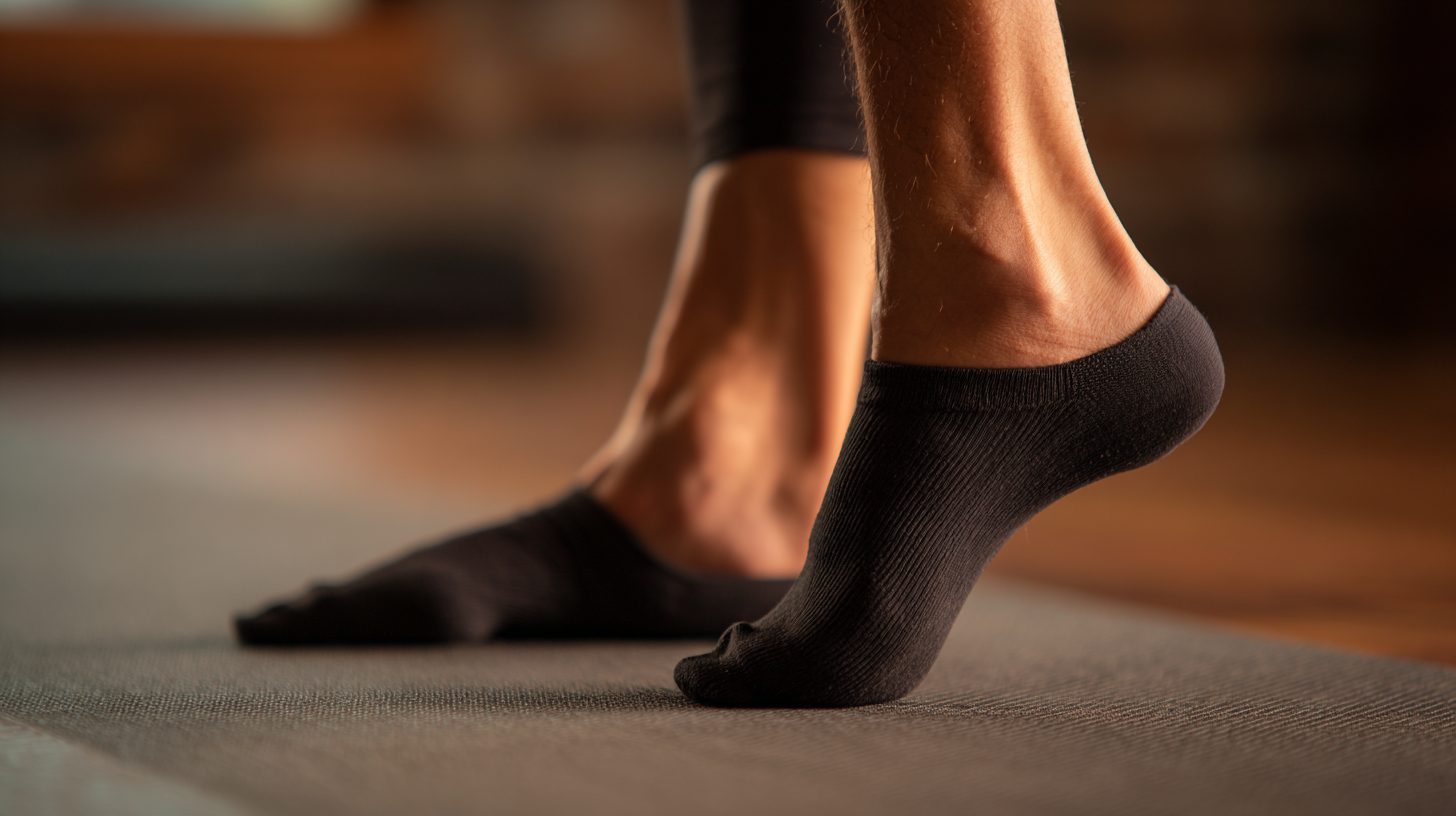
When choosing the right Pilates toe socks, sizing is critical for both performance and comfort. A well-fitting sock ensures that your foot maintains optimal traction on the mat, preventing slips and enhancing stability during workouts. If your socks are too tight, they can restrict blood flow, leading to discomfort and diminishing your ability to perform movements effectively. Conversely, socks that are too loose may bunch up, causing distractions and potential injuries.
Tips for Finding the Right Fit:
Investing time in finding the right size and style of Pilates toe socks can significantly enhance your overall workout experience. Remember, comfort is key to achieving your best performance on the mat.
When selecting Pilates toe socks, the heel and toe design plays a crucial role in enhancing both performance and comfort. The unique structure of these socks is engineered to provide improved grip and stability on the mat. According to a report by the American Council on Exercise, proper traction during Pilates exercises can reduce the risk of slips and falls, which commonly occur in traditional socks (ACE, 2022). Socks that feature a non-slip silicone grip on the sole not only ensure safety but also facilitate better alignment and balance during complex movements.
Moreover, the emphasis on toe design cannot be underestimated. Socks that include individual toe compartments allow for increased dexterity and help improve your body's awareness of movement. A study published in the Journal of Sports Science indicates that utilizing toe-separated designs can lead to enhanced proprioception, promoting better performance in activities like Pilates (JSS, 2021). These designs encourage a more natural foot position which, when combined with proper heel support, enhances overall foot stability and comfort, allowing practitioners to focus on their form and technique.
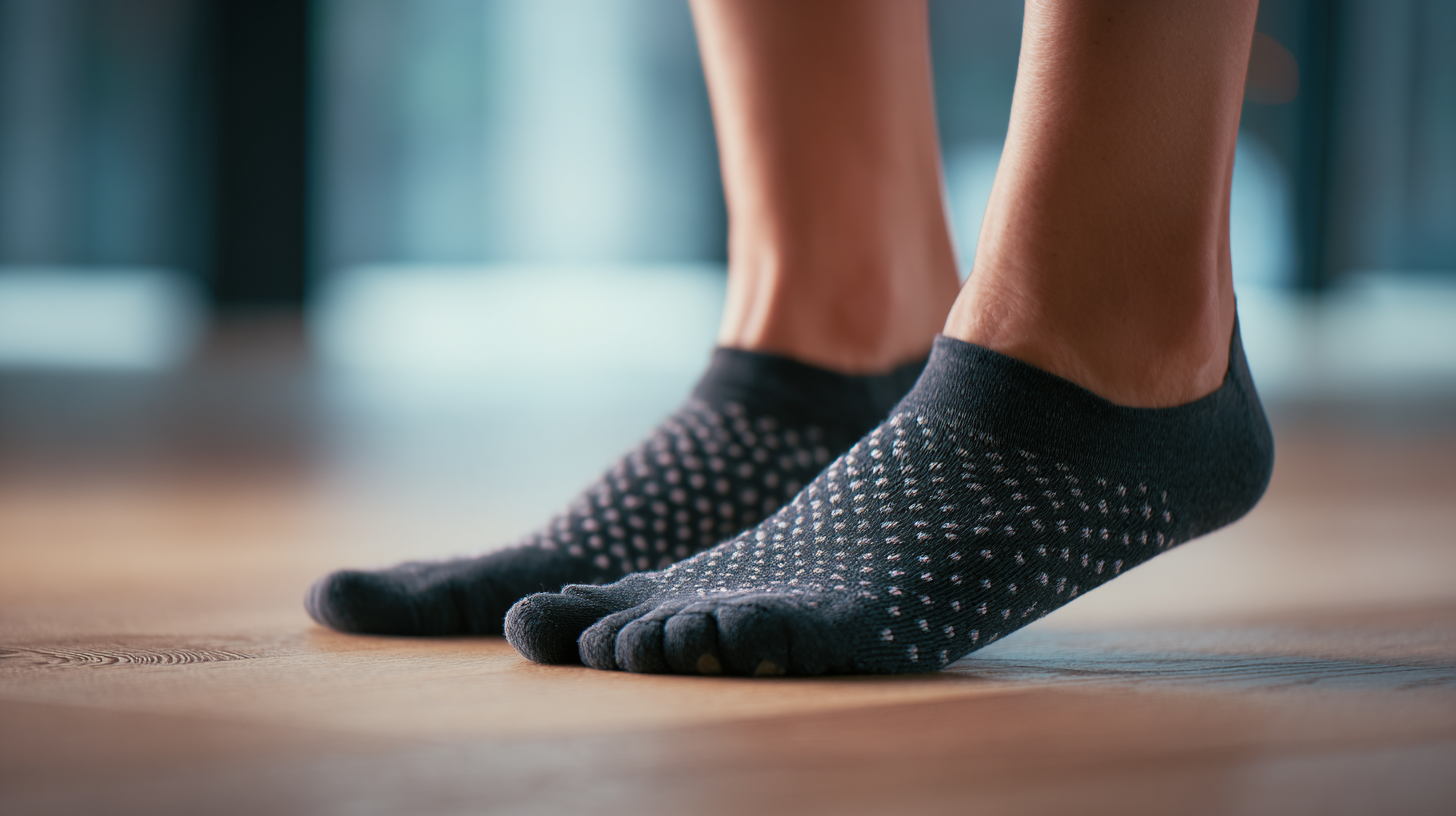
When choosing the right Pilates toe socks, it’s essential to balance price and quality to ensure optimal performance and comfort. A recent report by the Sports & Fitness Industry Association reveals that the demand for specialized Pilates gear has risen by 15% over the past two years, emphasizing the importance of selecting high-quality equipment, including toe socks. The price range for these socks typically falls between $15 and $40; however, investing in a higher-priced product can often yield better durability and superior materials, which significantly enhance your practice.
Quality indicators to look for include the sock's grip, breathability, and material composition. According to a survey by the International Journal of Sports Science, socks with silicone grip patterns on the soles improve traction by up to 30%, reducing the risk of slipping during workouts. Additionally, materials like bamboo or moisture-wicking blends not only provide breathability but also enhance comfort, making them a worthwhile investment. When selecting Pilates toe socks, consider these factors to improve your overall experience and performance on the mat.
